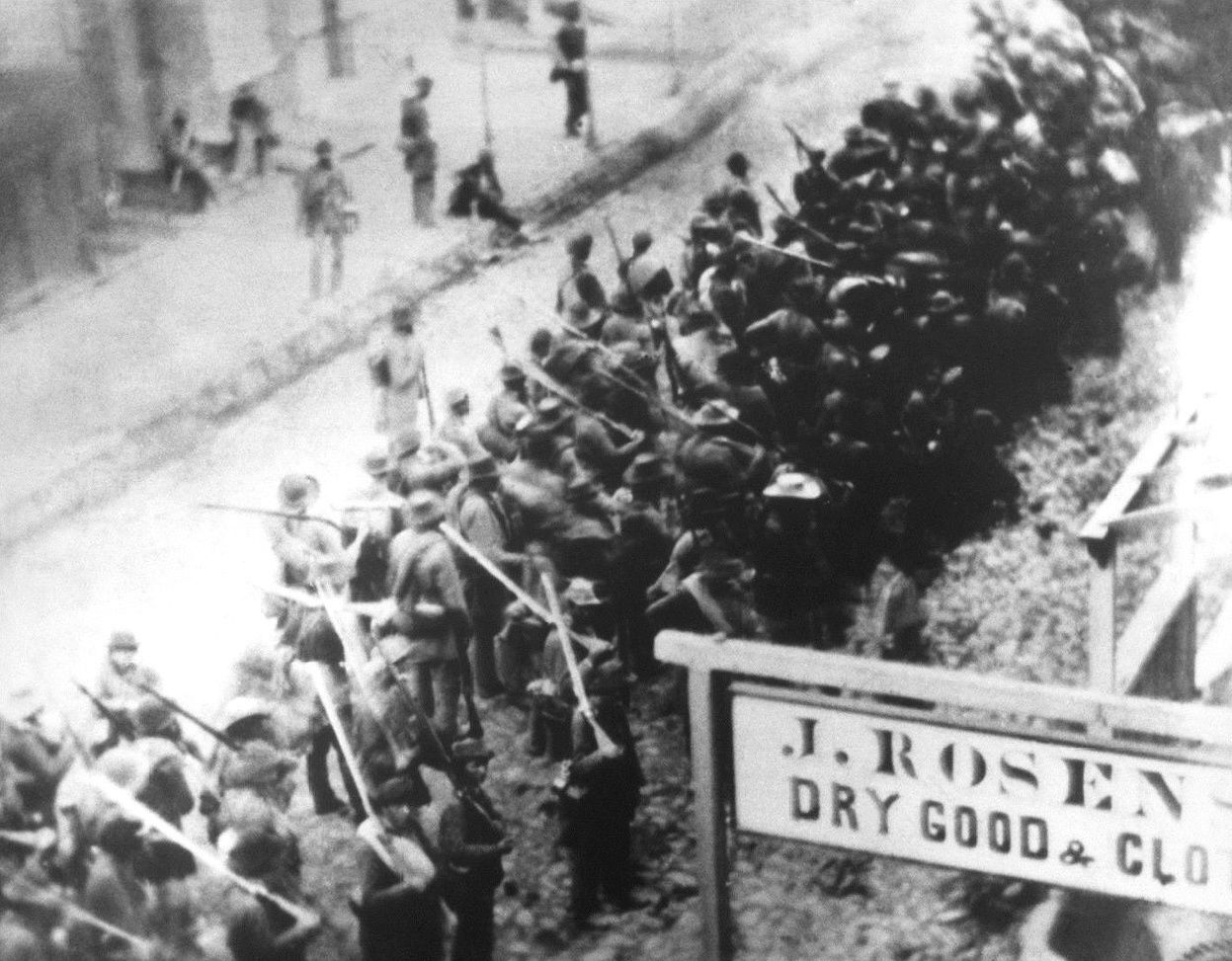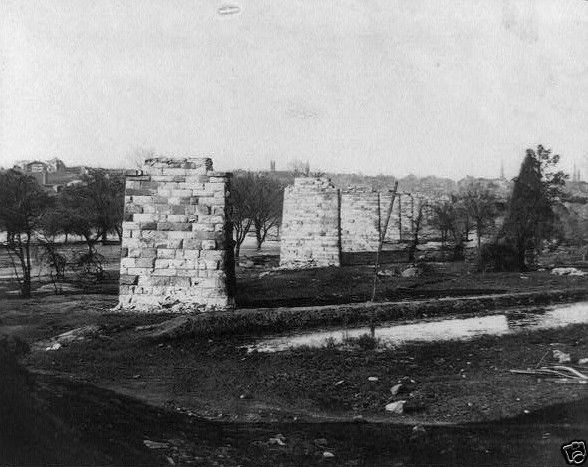-40%
GEORGE STONEMAN Union General CIVIL WAR PHOTO CARD CDV RP
$ 3.16
- Description
- Size Guide
Description
Print/reproduction from the vintage Cabinet Card photograph - a Canon Archival Quality Semi-gloss Print from an original. Mounted on sturdy chipboard the overall card is 4” x 6”.George Stoneman Jr.
(August 8, 1822 – September 5, 1894) was a United States Army cavalry officer, trained at West Point, where his roommate was Stonewall Jackson. In the Civil War he became Adjutant to George B. McClellan, who did not appreciate the use of centralized cavalry, and was therefore outperformed by the Confederates, who did.
At Chancellorsville, under Joseph Hooker, Stoneman failed in an ambitious attempt to penetrate behind enemy lines, getting bogged down at an important river crossing. Hooker's sharp criticism of Stoneman may have been partly aimed at deflecting the heavy blame being directed at himself for the loss of this major battle that most generals believed to be winnable.
While commanding cavalry under William Tecumseh Sherman in Georgia, Stoneman was captured, but soon exchanged. During the early years after the American Civil War, Stoneman commanded occupying troops at Memphis, Tennessee, who were stationed at Fort Pickering. He had turned over control of law enforcement to the civilian government by May 1866, when the Memphis riots broke out and the major black neighborhoods were destroyed. When the city asked for help, he suppressed the white rioting with use of federal troops. He later moved out to California, where he had an estate in the San Gabriel Valley. He was elected as governor of California, serving between 1883 and 1887. He was not nominated a second time.
First Class Shipping in US. See Ebay Global Shipping Program for International.
“Cabinet Card” portraits were often presented and exchanged by individuals of position, and social standing. They often replaced the “calling card” as a currency of social exchange and introduction and they came to frequently be displayed in glass “cabinets” to demonstrate acquaintance or connection in some way with the notables pictured in the portraits.









